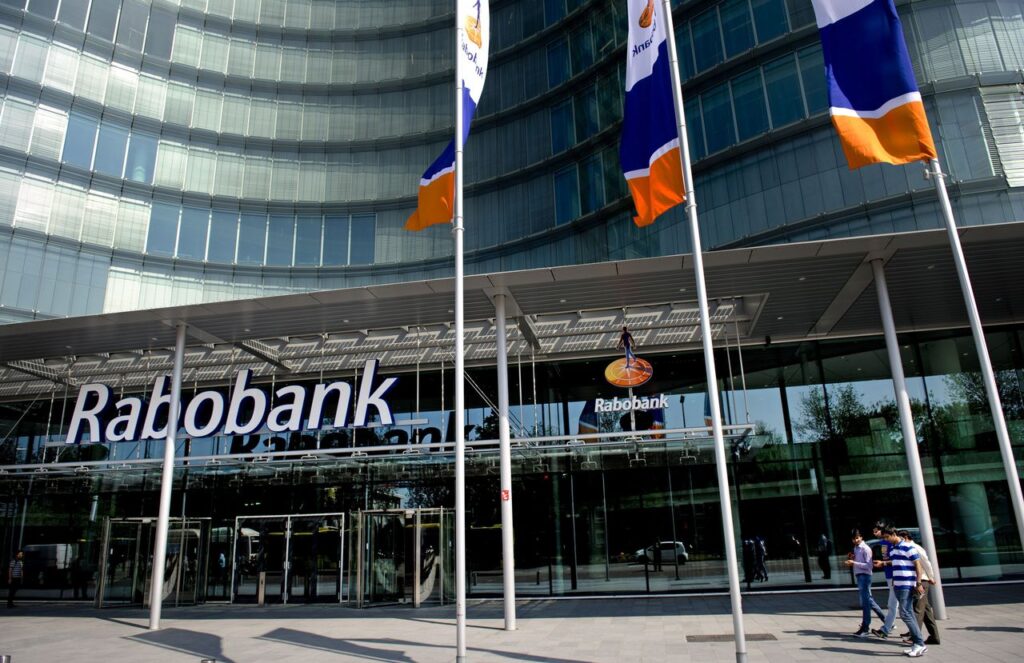Today, everyone is worried about the future of their assets, their money earned with sweat and blood. Well, maybe there are some people that financial gurus talk about — even if I lose, I will quickly earn again. But I don’t want to lose it. And so people are looking for reliable investment projects and reliable banks.
And if you remember that the news adds fuel to the fire that there is no longer bank secrecy in Switzerland, that you can be followed by FATCA or some other law, it becomes generally unpleasant. But, as practice shows, bank secrecy no longer exists in the form that it was originally. At least European banks are reliable.
- Ranking of the most solvent banks in Europe
- Iceland and Luxembourg — the top ranking of the most solvent European banks
- European bank’s rating
- The most reliable banks in Europe
- Rabobank, Netherlands
- Banque et Caisse d’Epargne de l’etat, Luxembourg
- NRW. Bank, Germany
- Caisse des Dépôts et Consignations, France
- L-Bank, Germany
- Landwirtschaftliche Rentenbank, Germany
- Zürcher Kantonalbank, Switzerland
- Nederlandse Gemeenten Bank, The Netherlands
- Kreditanstalt für Wiederaufbau, Germany
Ranking of the most solvent banks in Europe
The solvency of banks is a key indicator in the economy and in this sense the financial crisis that broke out in 2008 had direct effects on the regulation of the banking sector at the European Community level.
As a measure to anticipate the behavior of banks and to measure the sector’s resilience in the face of adverse scenarios, the European Banking Authority, the European Central Bank together with the European Commission designed stress tests and presented information on the most solvent banks in Europe.

The stress tests, which are used to measure the solvency of banks, consist of tests carried out on financial institutions to assess their situation and their ability to resist in the face of crisis scenarios and economic slowdown or recession. They are used to measuring the stability of the financial system in the face of possible contagion or systemic risk scenarios.
To do this, the EBA established a series of negative macroeconomic parameters (drop in GDP and domestic demand, increase in unemployment and defaults, etc.) to check their impact on the capital of entities. Thus, according to the latest results of the stress tests carried out by the European Central Bank, which were made public in the last quarter of 2019, European banks are prepared to face a liquidity crisis.
The supervisor concludes that the sector is prepared to face a massive outflow of funds in the short term and speaks of a cushion of 23 percent of its assets, adding reserves and cash (9 percent of assets), marketable assets (8 percent), and other less liquid assets (8 percent).
It must be borne in mind that liquidity problems can cause major banking crises, as has already happened in Spain (for example, with the fall of Banco Popular, its intervention, and the sale to Banco Santander for one euro).
That is why stress tests are so important. According to 2019 data, 90 percent of the 103 banks analyzed would withstand the extreme scenario proposed by the ECB for at least two months: an outflow of funds equivalent to 9.5 percent of assets in a month and 27 percent in a period of half a year. In four months, only half of the entities pass the extreme scenario test.
EBA’s research on the most solvent banks in Europe focuses on the solvency of banks by country, taking into account the ratio of capital to risk assets (CET1) as the main indicator of financial soundness used by the banking regulator. This metric consists of fixed capital (mainly common shares and reserves), preferred shares, and hybrid instruments.
Iceland and Luxembourg — the top ranking of the most solvent European banks
Taking this indicator into account, the solvency of European banks remains stable compared to the previous year, at 14.41 percent, which is one-tenth more. Based on this data, the countries with the highest scores were Iceland (20.86%) and Luxembourg (20.36%).
Spain has 11.57%, Bulgaria (11.99%). Germany is on average with 13.97%; France is 14.5% (above average) and in the case of Italy 12.5%. At the same time, the largest financial enterprises are those with the highest capital requirements. Top banks, in turn, are determined by the rating of European banks.
European bank’s rating
The euromag website emitted European bank’s rating based on the ratio of financial assets to the bank’s scale and rating data prepared by leading analytical companies Moody’s and Fitch, Standard & Poor’s.
Oddly enough, Switzerland, almost a mythical country for hiding from tax audits, has not been the leader of such ratings for a long time. We can even say that out of 10 ranked banks, only one is located in this country. Switzerland occupies third place, but still, the result is not very encouraging. The rating is dominated by banks from Germany (4 banks) and the Netherlands (3 banks).
The most reliable banks in Europe
Rabobank, Netherlands
The main direction in which Rabobank is focused is the funding development projects of the food and agricultural industry. The group includes 139 independent banks, a central institution (Rabobank Nederland), and numerous specialized offices and subsidiaries.
The information came that the bank agreed to pay a fine for manipulating the interbank LIBOR rate. The bank will pay 1 billion dollars (774 million euros). That’s less than UBS, but still.

Banque et Caisse d’Epargne de l’etat, Luxembourg
Its other name is S-Bank. It was founded in 1856. The bank is owned by the Government of Luxembourg and initially operated as a savings bank. Full “functionality” was received in 1944.
NRW. Bank, Germany
An NRW Bank operates in the region of North Rhine-Westphalia with branches in Dusseldorf and Munster. Assets for 2011 were 153 billion. That year, NRW Bank was rated as the largest bank in Germany and the 3rd one in Europe.
Caisse des Dépôts et Consignations, France
This financial company, founded in 1816, is one of the state institutions controlled by the Parliament. The bank was created at the behest of King Louis XVIII to eliminate the war and crisis consequences.
Nederlandse Waterschapsbank, The Netherlands
At the end of last year, Nederlandse Waterschapsbank was rated AAA by Moody’s and Standard & Poor’s. 17% of its shares belong to the government, 2% — to the provinces, and 81% to “waterschappen” (i.e. regional water authorities, which initiated its foundation).
L-Bank, Germany
The bank is located in Baden-Württemberg. Information about L-Bank is available in brief only on its official website. To get more information (in German) you are welcome to visit the website: http://www.l-bank.de

Landwirtschaftliche Rentenbank, Germany
The bank, founded in 1949, is located in Frankfurt. Bank’s operations are aimed at servicing the German agricultural and food industry. Mostly it is standard funding of development projects. Any retained earnings (which do not go to the reserve fund) are aimed at the development of the agricultural sector.
Zürcher Kantonalbank, Switzerland
The Cantonal Bank of Zurich has opened offices in Mumbai, Beijing, and Singapore. It is one of the five largest Swiss banks and is the only financial institution included in the ranking. All shares are the property of the canton of Zurich.

Nederlandse Gemeenten Bank, The Netherlands
Nowadays, the Municipal Bank of the Netherlands is the second among the most reliable banks in Europe. The government owns 50% of its shares. The other half is owned by municipalities and country provinces. The bank headquarters are in The Hague.
Kreditanstalt für Wiederaufbau, Germany
In this German state bank, 80% of shares belong to the government and the remaining 20% — to the federal lands. In 2009-2010, Global Finance magazine ranked this bank first among reliable European banks. Due to the collapse of Lehman Brothers in 2008, the bank lost 536 million euros. Nevertheless, this financial institution is financially afloat.








